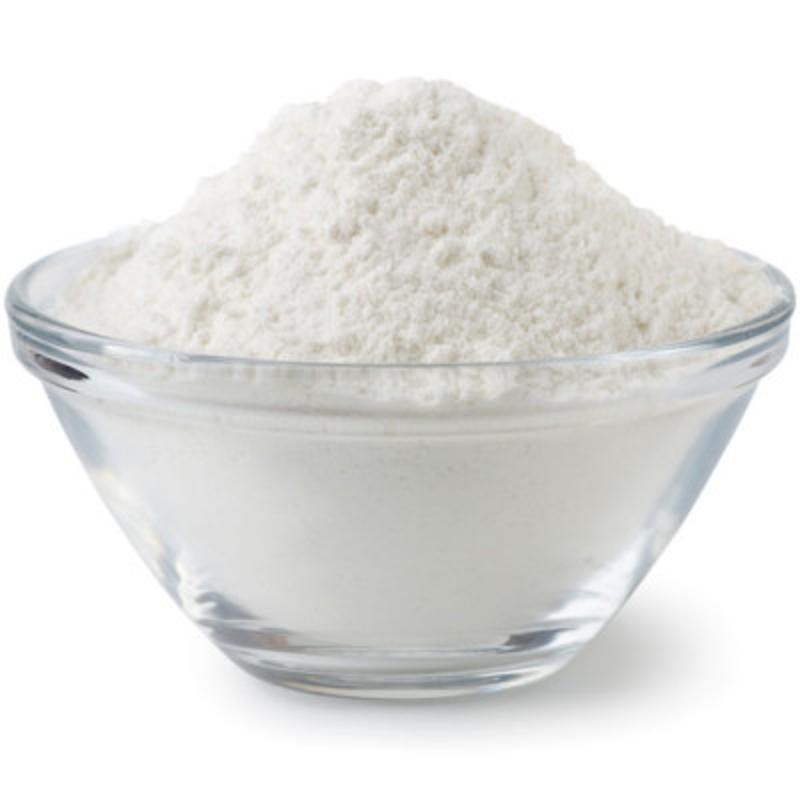Key Processes and Core Requirements for chemical supply

1. Production Link: Compliance as the Premise
- Qualification Requirements: Manufacturing enterprises must hold relevant certificates such as the "Hazardous Chemical Production License" (if hazardous chemicals are involved) and ISO 9001 quality management system certification.
- Quality Control: Inspections must be conducted in accordance with standards, including Incoming Quality Control (IQC) for raw materials, In-Process Quality Control (IPQC), and Final Quality Control (FQC) for finished products. A Certificate of Analysis (COA) must be issued and archived.
- Environmental Protection Requirements: Industrial wastewater and waste gas must be discharged up to standard, complying with national "three wastes" (wastewater, waste gas, solid waste) treatment standards (e.g., China’s GB 18484-2020).
2. Distribution Link: Demand Matching as the Core
- Hierarchical Distribution: First-tier distributors cooperate with large enterprises to provide "bulk centralized procurement"; second-tier distributors focus on small and medium-sized customers, offering services such as "small-batch splitting" and "multi-category integration".
- Compliance Support: A Safety Data Sheet (SDS) must be provided to downstream parties, specifying the chemical’s hazardous properties, first-aid measures, and leakage handling plans.
- Import and Export Services: For cross-border chemical supply, a "Hazardous Chemical Import/Export License" must be obtained, and compliance with the target country’s regulations (e.g., EU REACH, US TSCA) is required.
3. Warehousing and Logistics: Safety as the Bottom Line
-
Warehousing Management:
- Ordinary chemicals: Only well-ventilated and dry warehouses are required.
- Hazardous chemicals: Must be stored in classified areas (e.g., flammable substances in separate explosion-proof warehouses, corrosive substances on anti-corrosion floors, highly toxic substances in cabinets with double locks managed by two persons), with fire-fighting equipment and emergency shower facilities installed.
- Special chemicals: Need temperature-controlled storage (e.g., 2-8℃ for biological reagents) and protection from light.
-
Logistics and Transportation:
- Hazardous chemicals must be transported by specialized vehicles that meet the standards of the UN Recommendations on the Transport of Dangerous Goods (TDG), and escorted throughout the journey by personnel holding a "Hazardous Goods Escort Certificate".
- Cold-chain chemicals (e.g., some biological reagents) must be transported by refrigerated trucks with temperature monitoring to ensure stable temperatures during transportation.
Catégories
Lire la suite
As urban centers grow denser and mobility needs increase, the Wholesale Lightweight Scooter is emerging as a key solution for modern city life. Combining innovative battery technology with eco-conscious design, these scooters offer practical, sustainable alternatives to traditional transportation. Compact, portable, and energy-efficient, they help commuters navigate city streets...

As global packaging markets evolve, manufacturers face increasing pressure to improve efficiency while meeting strict quality and sustainability standards. At the heart of this transformation is the Capping Machine, which allows companies to produce high-quality closures with greater speed, precision, and reliability. By combining innovative technology with energy-efficient design, the Capping...

"Executive Summary Car Finance Market : CAGR Value The global car finance market was valued at USD 2243.70 billion in 2023 and is expected to reach USD 3142.24 billion by 2031, registering a CAGR of 4.30% during the forecast period of 2024-2031. Car Finance Market analysis report is a professional and a detailed market study focusing on primary and secondary drivers, market...

"Executive Summary North America Offsite Sterilisation Service Market : North America offsite sterilisation service market is expected to grow in the forecast period of 2022 to 2029. Data Bridge Market Research analyses that the market is growing with a CAGR of 6.4% in the forecast period of 2022 to 2029 and is expected to reach USD 1,079.72 million by 2029 from USD 1042.15...

"Executive Summary Baby Feeding Bottle Market : CAGR Value Global baby feeding bottle market is expected to gain market growth in the forecast period of 2022 to 2029. Data Bridge Market Research analyses that the market is growing at a CAGR of 5.8% in the forecast period of 2022 to 2029 and is expected to reach USD 4,377,641.88 thousand by 2029. Business intelligence is an...




